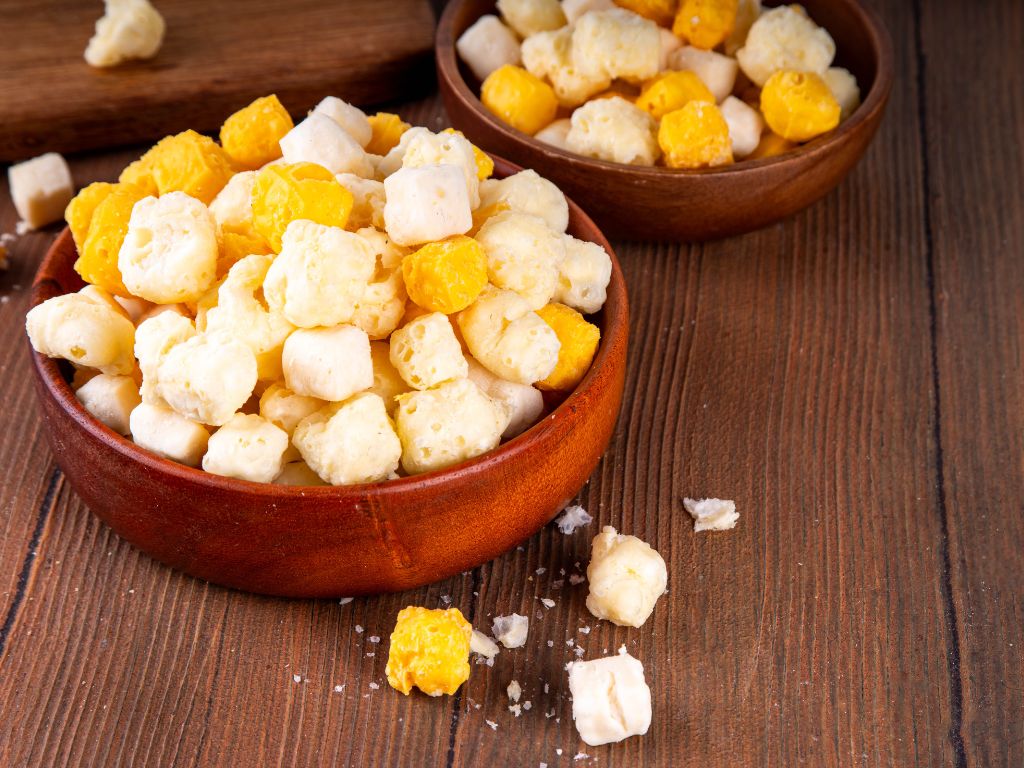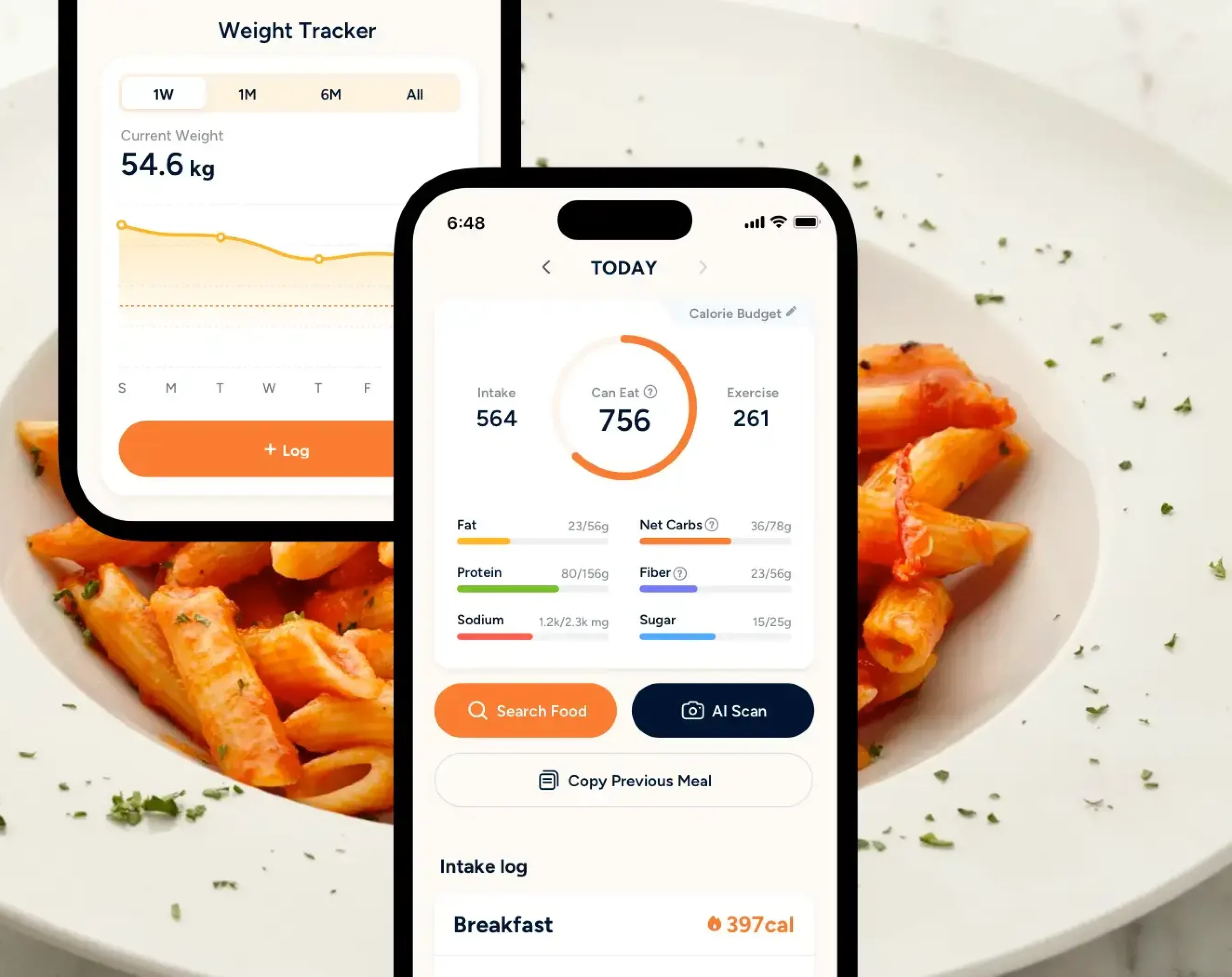Having PCOS and trying to lose weight feels like an uphill battle every day. It’s not only about the stubborn weight that refuses to come off, no matter how much exercise or dieting you do, but it’s also about the unpredictable cycles and constant fatigue that come with unbalanced hormones. But what you eat can either fuel the struggle or turn the tide. This 21-day gluten and dairy-free meal plan teaches you to eat in a way that helps balance hormones, tame inflammation, and support steady weight loss.
How exactly does that work? You’ll find out in a matter of a few minutes by simply reading this article till the end.
Key Takeaways
- What you eat plays a key role in managing PCOS symptoms, balancing hormones, and supporting weight loss.
- Gluten is a protein in grains like wheat and rye, while dairy comes from milk-based products like cheese and yogurt.
- This diet may help reduce inflammation, improve gut health, and increase energy levels.
- Portion control, eating whole and unprocessed foods and maintaining a calorie deficit is still important if you are trying to lose weight.
- A 21-day gluten and dairy-free meal plan can make it easier to get started on a healthy eating journey and build sustainable habits for the long term.
What is Gluten?
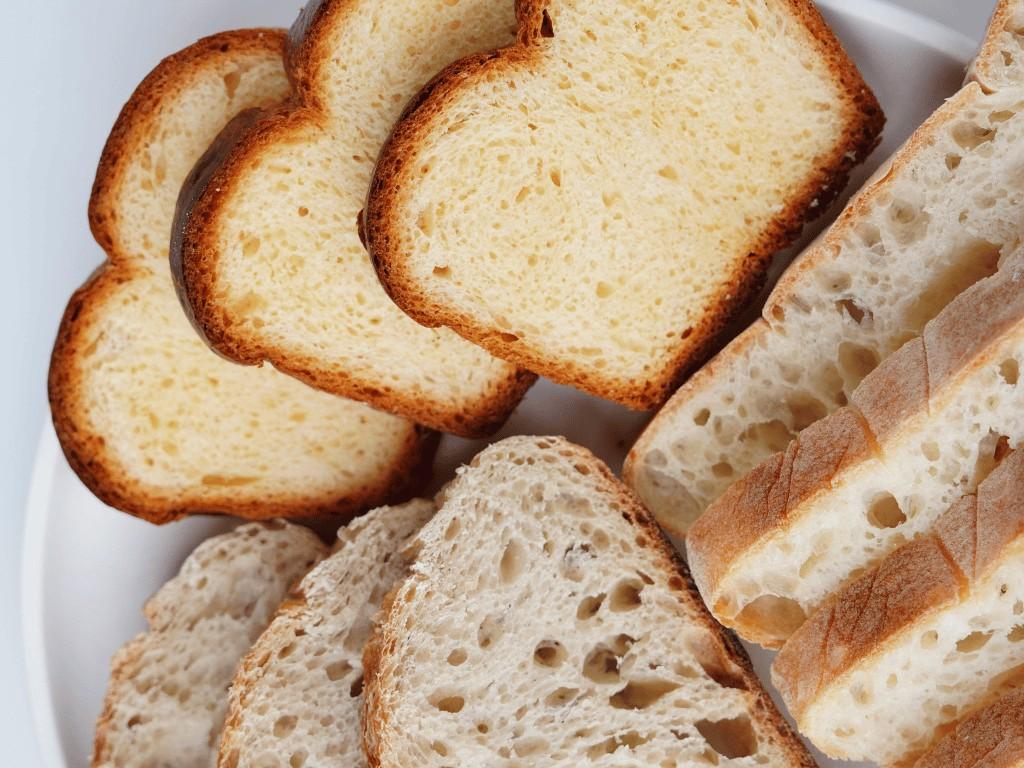
Gluten is a classification given to a group of proteins found naturally in certain grains like wheat, rye, barley, and triticale [1]. It acts as a binding agent to hold certain foods together and give them that stretchy-like quality in foods like bread, pizza, and pasta.
Gluten is generally safe to eat unless you have celiac disease or gluten sensitivity. Please keep in mind that, while oats are nominally gluten-free, they may contain traces of gluten owing to cross-contamination when produced in the same facility as gluten-containing grains.
What is Dairy?
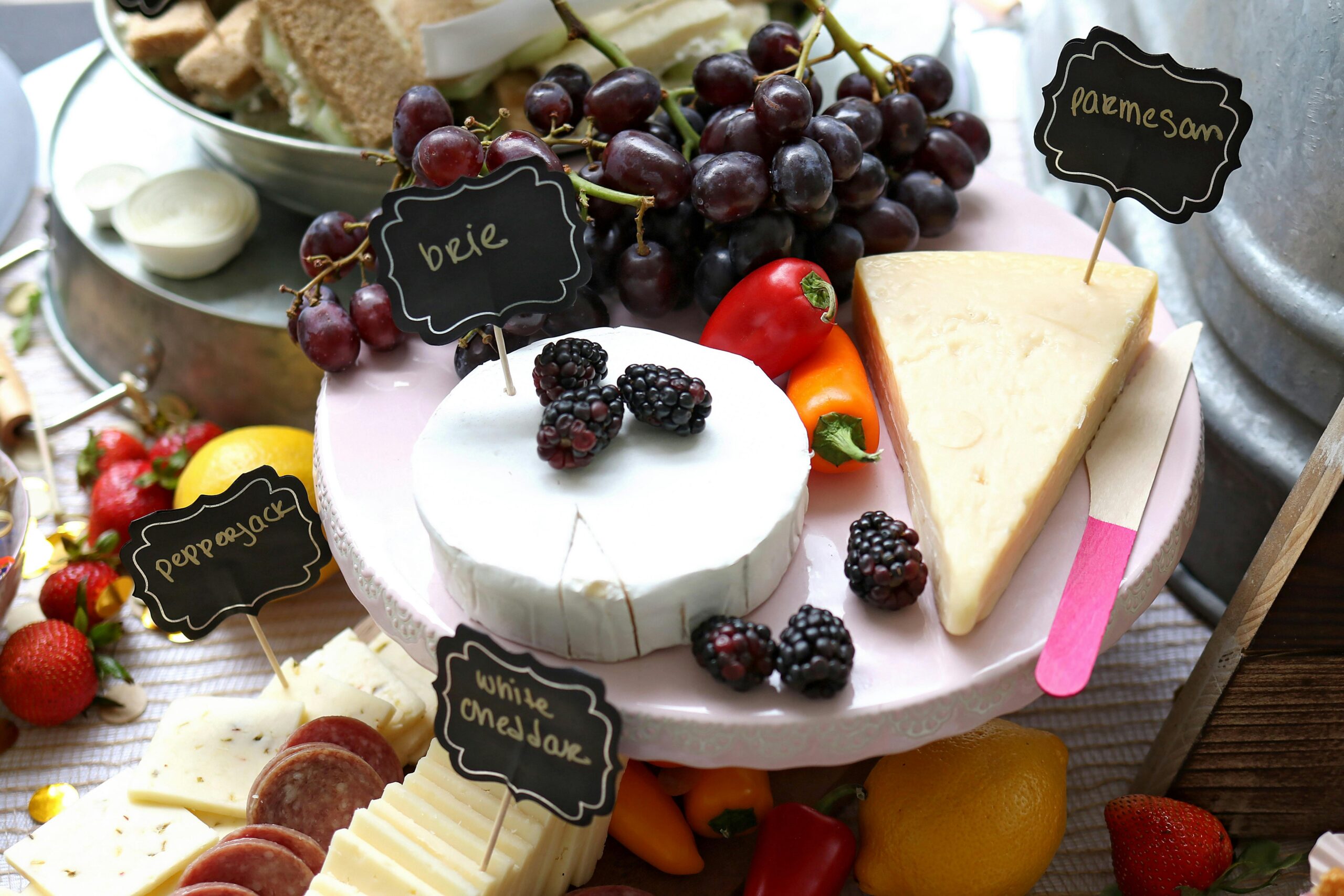
Dairy is any product made from the milk of a cow, goat, sheep, or buffalo [2]. It’s a great source of calcium and essential vitamins, but not everyone may be able to take dairy in their diet. Some people may have lactose intolerance or allergies to milk protein, casein, or whey, which are common components found in dairy.
Typically, people who are not able to tolerate dairy may experience negative side effects like gas, diarrhea, cramps, bloating, hives, or itching upon consumption.
What Is a Gluten and Dairy-Free Diet?
A gluten and dairy-free diet is quite self-explanatory. It refers to a diet in which you are limited to eating and drinking foods that do not contain traces of dairy or gluten.
Anyone can choose to start a gluten-free and dairy-free diet, but some may have no choice but to follow it due to certain food allergies or sensitivities. Some may also find that this diet helps to resolve their skin issues, restore gut health, and help them feel more energized.
Why Choose a Gluten and Dairy-Free Diet for PCOS
Polycystic ovary syndrome (PCOS) is a condition that occurs when you have imbalanced hormones [3]. It can be caused by your ovaries overproducing the hormone called androgens, chronic low-grade inflammation, or insulin resistance. People with PCOS normally experience irregular menstrual cycles and unpredictable ovulation periods. Ovarian cysts can also occur due to the lack of ovulation.
One of the ways to manage PCOS symptoms and reduce inflammation is by eating a nutritious diet. While there’s a lack of evidence on whether removing gluten could be beneficial for people with PCOS, gluten in general can cause inflammation in the body for some people [4], [5].
Likewise, for dairy, there’s a lack of studies to support cutting out dairy to help manage PCOS symptoms. Going dairy-free can be useful for someone with PCOS if they also have an allergy to dairy or components of dairy.
Can You Lose Weight by Cutting Out Gluten and Dairy?
It is possible to lose some weight by eliminating gluten and dairy from your diet, but that is only if you establish healthy eating habits. Just because you opt for gluten-free or dairy-free options, it doesn’t necessarily mean that the food is healthy and that you will lose weight by eating them.
If you choose to consume an excessive amount of food and not maintain a calorie deficit, you will likely gain weight instead of losing it. In addition, you should also focus on eating more whole foods and reducing your intake of processed foods.
As per what registered dietitian Mia DiGeronimo says, “An apple and a gluten-free sugar cookie are both gluten-free, but their nutrients vary drastically“. You can have a gluten-free cake or sweet treat, but they could contain a lot of sugar and fat, making them high in calories.
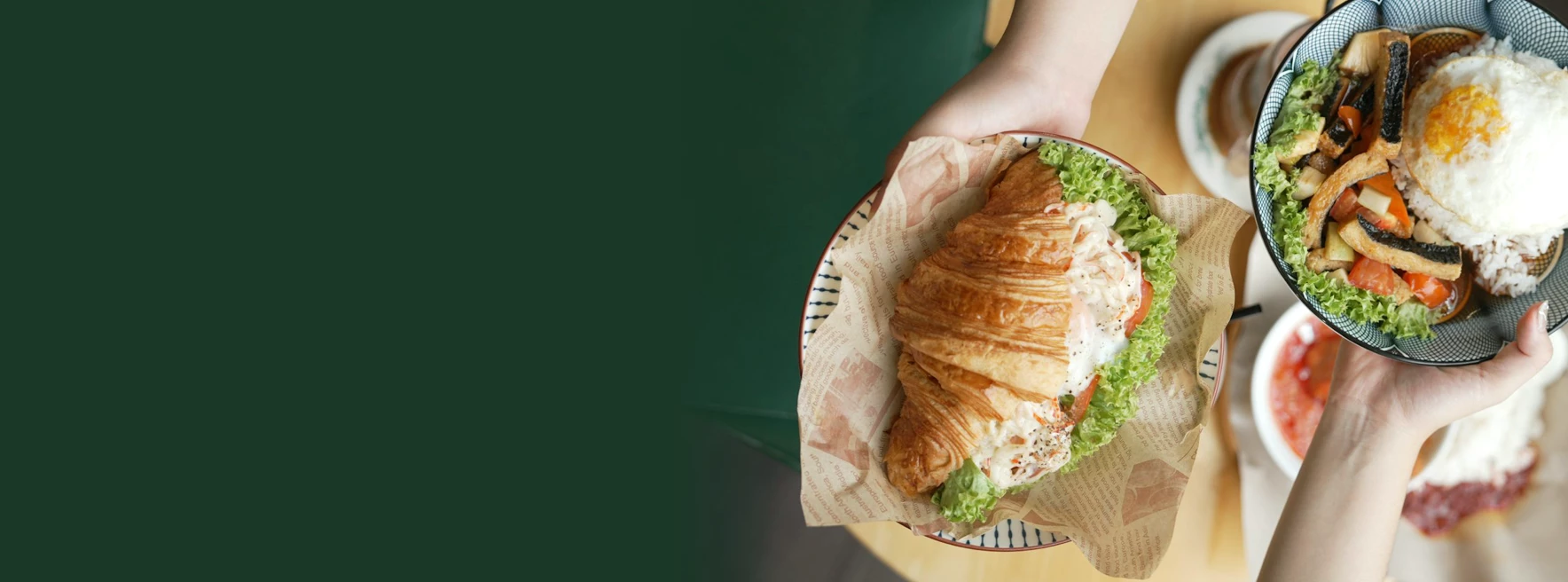
Weight Loss Has Never Been Easier
Get accurate nutrition info instantly. Keep track of your progress.
Download Eato For Free21-Day Gluten and Dairy Free Meal Plan
Here’s a 3-week gluten free meal plan to help you get started on a gluten-free and dairy-free lifestyle.
Day 1
- Breakfast: Chia seed pudding with almond milk, topped with berries and honey
- Lunch: Quinoa salad with grilled chicken and cherry tomatoes
- Dinner: Baked salmon with roasted sweet potatoes and steamed broccoli
Day 2
- Breakfast: Banana and spinach smoothie with oat milk
- Lunch: Asian ground turkey lettuce wraps
- Dinner: Stir-fried tofu with soy sauce and brown rice
Day 3
- Breakfast: Overnight oats with chia seeds and almond milk
- Lunch: Grilled chicken breast with roasted carrots and quinoa
- Dinner: Zucchini noodles with homemade tomato sauce and ground beef.
Day 4
Breakfast: Scrambled eggs with spinach and avocado
Lunch: Fish taco with diced mango and cabbage slaw
Dinner: Baked chicken thighs with mashed cauliflower and green beans
Day 5
- Breakfast: Gluten-free bread with almond butter and banana slices
- Lunch: Chickpea and cucumber salad with lime juice dressing
- Dinner: Turkey meatballs with spaghetti squash
Day 6
- Breakfast: Coconut granola yogurt with fruit
- Lunch: Beef stir-fry with bell peppers
- Dinner: Grilled shrimp skewers with brown rice and asparagus
Day 7
- Breakfast: Oatmeal with cinnamon and blueberries
- Lunch: Quinoa bowl
- Dinner: Baked cod with garlic mashed sweet potatoes and sautéed kale.
Day 8
- Breakfast: Pineapple smoothie with almond milk
- Lunch: Chicken lettuce wraps with carrots and hummus
- Dinner: Stuffed bell peppers with ground turkey and brown rice
Day 9
- Breakfast: Gluten-free pancakes with maple syrup
- Lunch: Lentil soup with gluten-free bread
- Dinner: Grilled steak with roasted Brussels sprouts and sweet potato fries
Day 10
- Breakfast: Mango chia seed pudding
- Lunch: Grilled tofu salad
- Dinner: Rice noodles with sautéed veggies and sesame-ginger sauce
Day 11
- Breakfast: Scrambled eggs with bell peppers and gluten-free toast
- Lunch: Turkey and spinach salad with olive oil dressing
- Dinner: Baked lemon-garlic tilapia with green beans and rice
Day 12
- Breakfast: Overnight oats with raspberries
- Lunch: Hummus and veggie wraps with gluten-free corn tortillas
- Dinner: Chicken stir-fry with broccoli, carrots, and brown rice
Day 13
- Breakfast: Banana pancakes made with almond flour
- Lunch: Quinoa salad with roasted vegetables
- Dinner: Grilled salmon with spinach and sweet potato mash
Day 14
- Breakfast: Smoothie bowl with sliced fruits
- Lunch: Quinoa salad with chickpeas
- Dinner: Turkey burger patties with roasted zucchini and baked potato wedges.
Day 15
- Breakfast: Chia pudding with almond butter and strawberries
- Lunch: Chicken avocado salad with lime dressing
- Dinner: Grilled shrimp tacos in lettuce cups with slaw
Day 16
- Breakfast: Scrambled tofu with turmeric, peppers, and onions
- Lunch: Black bean soup with a side of gluten-free toast
- Dinner: Baked chicken breast with wild rice and broccoli
Day 17
- Breakfast: Oatmeal with almond butter, raisins, and cinnamon
- Lunch: Rice paper rolls with shrimp and peanut-free dipping sauce
- Dinner: Grilled steak fajita bowl with cauliflower rice
Day 18
- Breakfast: Avocado smoothie with coconut milk
- Lunch: Lentil and kale salad
- Dinner: Zucchini lasagna with ground turkey
Day 19
- Breakfast: Gluten-free toast with smashed avocado
- Lunch: Roasted chickpea bowl with quinoa
- Dinner: Baked cod with herb potatoes and sautéed greens
Day 20
- Breakfast: Coconut yogurt parfait with berries and gluten-free granola.
- Lunch: Grilled chicken wrap in gluten-free tortilla with hummus.
- Dinner: Stir-fried veggies with tofu and rice noodles.
Day 21
- Breakfast: Oatmeal with dried fruit and a tiny slab of sunflower butter
- Lunch: Quinoa salad with roasted veggies and lemon dressing
- Dinner: Grilled salmon with cauliflower rice and sautéed spinach
Simple gluten and dairy-free meal plan guidelines to note
When you are following a gluten and dairy-free meal plan for the first time, here are some things that you want to make special note of:
- Ensure to check food labels carefully: Certain foods or sauces may sometimes contain gluten or dairy without you even realizing. It’s important to carefully check every food label to ensure that they don’t contain any traces and that they are labelled gluten-free or dairy-free. The best is to focus on fresh, whole foods to avoid accidentally buying foods with gluten or dairy.
If you are unsure whether a product is gluten-free or dairy-free even after checking the label, you can try scanning the food label with Eato’s free food scanning tool. It’s free up to 7 days!
- Try to meal prep more: Meal prepping at home not only saves time, but it also gives you more control over what you eat since you know what’s going into your meals. You can also avoid cross-contamination that way.
- Be aware of how your body feels: Try to journal down how you feel every time you finish a meal and whether you experience any strange symptoms. This can help you identify other potential food sensitivities and fine-tune your diet for better digestion, energy, and clarity.
Full Gluten and Dairy Free Food List (PDF Available)
If you’re planning to go gluten and dairy free whether for digestive health, skin clarity, or to manage your weight, you’ll likely need a list of foods that you can or cannot eat to refer to.
Here’s a full list of gluten and dairy-free foods to add to your grocery list. If needed, you can also download a PDF version of it, located at the end of the list.
a) Proteins
- Chicken, turkey, beef, lamb
- Eggs
- Tofu and tempeh
- Lentils, chickpeas, black beans
- Fish and seafood
- Gluten-free protein powders
b) Grains
- Quinoa
- Brown rice
- Buckwheat
- Millet
- Certified gluten-free oats
- Gluten-free pasta or tortillas (made from rice, lentil, chickpea flour, etc.)
c) Fruits and Vegetables
- All fresh fruits and vegetables are naturally gluten and dairy-free
- Frozen fruits and vegetables
d) Healthy Fats
- Avocados
- Olive oil, coconut oil, avocado oil
- Nuts and seeds (almonds, chia, flaxseeds, hemp, walnuts)
- Nut butters (check for additives)
e) Dairy Alternatives
- Unsweetened almond, oat, coconut, or cashew milk
- Plant-based yogurts and cheeses (preferably minimal ingredient ones)
- Coconut cream or milk for cooking
f) Snacks
- Hummus
- Rice cakes
- Gluten-free granola
- Dark chocolate (check label for dairy)
- Homemade trail mix
How Else to Lose Weight If You Have PCOS?
PCOS can make it harder to lose weight, but not impossible. Beyond going gluten and dairy-free, here are some other approaches that may support better results:
Reduce your carb intake
Carbohydrates are broken down into glucose, which requires insulin to process them. A diet that is high in carbohydrates will, in turn, increase insulin levels. High insulin levels slow down fat burning and promote fat storage in the body.
Prioritize sleep and manage stress
High cortisol levels can disrupt hormone balance, so it is important to manage your stress well by engaging in self-care practices and making it a habit to get at least 6-7 hours of sleep per night.
Eat mindfully
Slow down, chew thoroughly, and pay attention to cues that tell you that you’re full.
Combine diet with regular exercise
Combining a good diet with exercise can help some women with PCOS to lose weight. The keto diet is one example that could help women shed some weight.
The Final Takeaway: Managing PCOS and Weight Loss
At the end of the day, controlling PCOS requires more than just treating the symptoms when managing your PCOS. Eato is a calorie counter tool that can help you track your meals, calories, and macros, and monitor your weight progress quickly with only a few simple taps. It’s loved by millions and rated one of the best calorie tracking apps. So, what are you waiting for? Download now for free!

Weight Loss Has Never Been Easier
Get accurate nutrition info instantly. Keep track of your progress.
Download Eato For Free

